How to Enhance Urban Safety with Effective Sidewalk Lighting Solutions
 In urban environments, ensuring safety for pedestrians is paramount, and one effective strategy is the implementation of optimized sidewalk lighting solutions. According to the International Dark-Sky Association, well-lit sidewalks can reduce nighttime accidents by up to 40%, significantly enhancing the safety of urban areas.
Moreover, a report from the National Institute of Justice emphasizes that adequate lighting can deter criminal activity, leading to a decrease in crime rates by as much as 30% in well-illuminated spaces.
With over 60% of pedestrian fatalities occurring during nighttime hours, the importance of reliable and effective sidewalk lighting cannot be overstated.
By strategically designing and maintaining lighting systems, cities can not only improve safety but also promote vibrant and walkable communities, ultimately fostering a sense of security and well-being among residents and visitors alike.
In urban environments, ensuring safety for pedestrians is paramount, and one effective strategy is the implementation of optimized sidewalk lighting solutions. According to the International Dark-Sky Association, well-lit sidewalks can reduce nighttime accidents by up to 40%, significantly enhancing the safety of urban areas.
Moreover, a report from the National Institute of Justice emphasizes that adequate lighting can deter criminal activity, leading to a decrease in crime rates by as much as 30% in well-illuminated spaces.
With over 60% of pedestrian fatalities occurring during nighttime hours, the importance of reliable and effective sidewalk lighting cannot be overstated.
By strategically designing and maintaining lighting systems, cities can not only improve safety but also promote vibrant and walkable communities, ultimately fostering a sense of security and well-being among residents and visitors alike.
Assessing Current Sidewalk Lighting Strategies for Urban Safety
Assessing current sidewalk lighting strategies is crucial for enhancing urban safety, as effective lighting can significantly reduce crime rates and improve pedestrian comfort. According to a report by the International Dark-Sky Association, well-lit sidewalks can decrease criminal activity by as much as 30%. This statistic underscores the importance of not only adequate illumination but also the quality and placement of lighting fixtures to ensure coverage across urban environments.
Many cities have adopted outdated lighting systems, often relying on traditional streetlights that may not provide sufficient brightness or clarity. A study conducted by the National Institute of Justice indicates that modern LED lighting solutions not only improve visibility but can also reduce energy consumption by up to 75%. This presents a dual benefit: enhanced safety through better-lit pathways and environmental sustainability. Urban planners must evaluate existing lighting strategies, focusing on integrating smart lighting technologies that adapt to pedestrian traffic and times of day to optimize safety and efficiency in urban spaces.
How to Enhance Urban Safety with Effective Sidewalk Lighting Solutions - Assessing Current Sidewalk Lighting Strategies for Urban Safety
| Urban Area | Average Lux Level (Night) | Lighting Type | Safety Index (1-10) | Public Feedback Rating (1-5) |
|---|---|---|---|---|
| Downtown Area | 20 | LED | 8 | 4.5 |
| Residential Neighborhood | 15 | Solar | 7 | 4.2 |
| Parks and Recreation Areas | 10 | Halogen | 6 | 3.8 |
| Shopping District | 25 | Smart Lighting | 9 | 4.8 |
| School Zone | 18 | Fluorescent | 8 | 4.3 |
Identifying the Key Elements of Effective Sidewalk Lighting Design
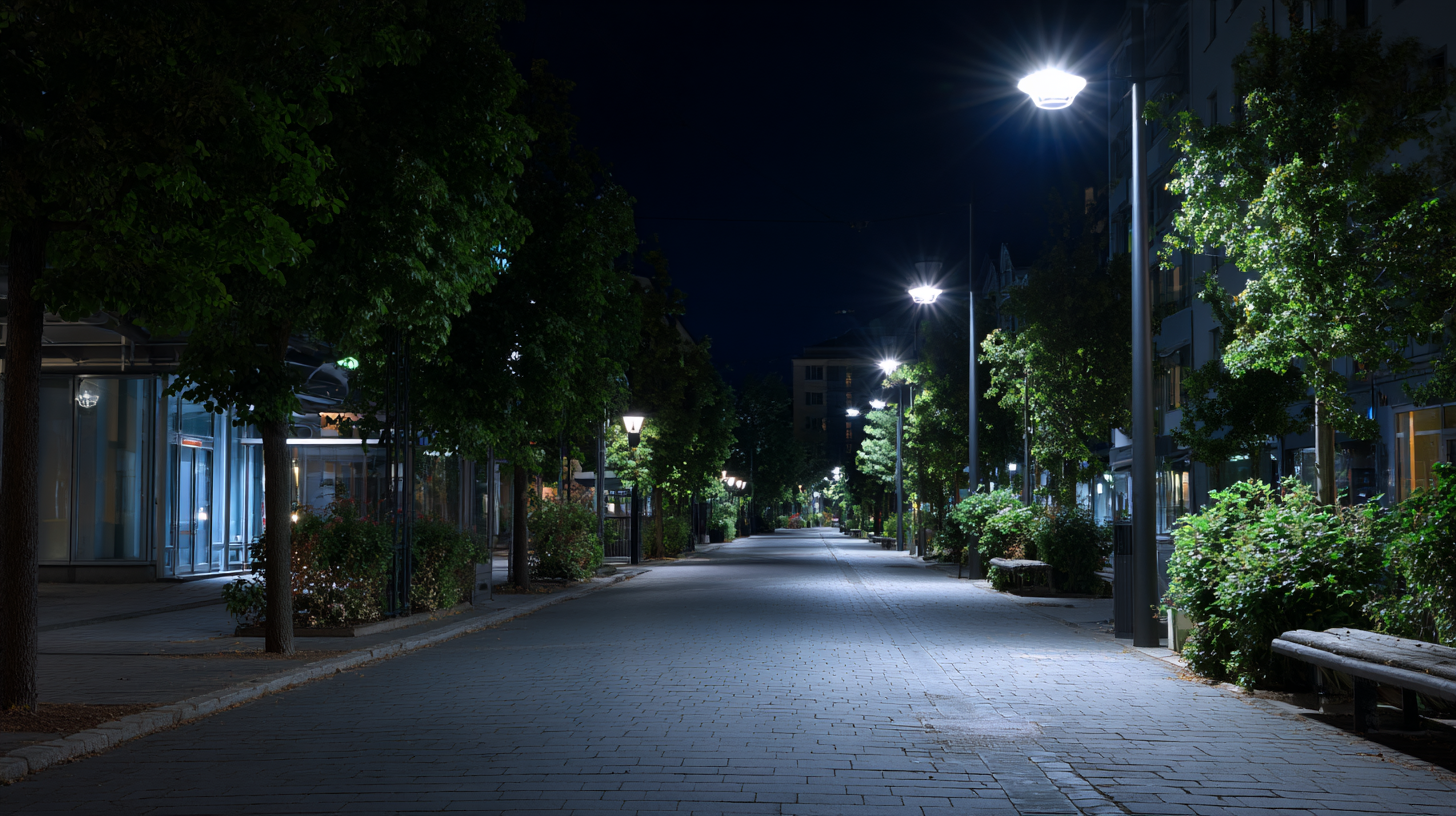 Effective sidewalk lighting design plays a crucial role in enhancing urban safety. To achieve this, several key elements must be thoroughly assessed and implemented. First and foremost, the quality of light must be prioritized. This includes selecting luminaires that provide sufficient brightness while minimizing glare, which can disorient pedestrians and drivers alike. Additionally, color temperature is vital; warmer lights can create a more inviting atmosphere and improve visibility, especially in residential areas.
Effective sidewalk lighting design plays a crucial role in enhancing urban safety. To achieve this, several key elements must be thoroughly assessed and implemented. First and foremost, the quality of light must be prioritized. This includes selecting luminaires that provide sufficient brightness while minimizing glare, which can disorient pedestrians and drivers alike. Additionally, color temperature is vital; warmer lights can create a more inviting atmosphere and improve visibility, especially in residential areas.
Another essential component is the placement and spacing of lighting fixtures. Uniform lighting distribution reduces shadows and dark corners that could harbor criminal activities. Furthermore, incorporating smart lighting technologies can enhance safety by allowing for adaptive lighting that adjusts based on pedestrian traffic or emergency situations. Finally, community involvement in the design process can help ensure that the lighting solutions meet the specific needs of the neighborhood, fostering a sense of ownership and vigilance among residents. By focusing on these elements, urban planners can create safer, more welcoming sidewalks that benefit everyone.
Exploring Innovative Lighting Technologies for Enhanced Safety
Innovative lighting technologies play a crucial role in enhancing urban safety through effective sidewalk solutions. Advanced LED lighting systems, for example, have transformed traditional street lighting by providing brighter and more energy-efficient illumination. These LEDs can be configured to adapt their brightness based on pedestrian movement, ensuring that darker areas are sufficiently lit when foot traffic increases, thus deterring crime and increasing safety for nighttime walkers.
Another exciting advancement is the integration of smart lighting controls. These systems utilize sensors and data analytics to monitor not just pedestrian activity but also environmental conditions. For instance, lights can automatically adjust brightness in response to weather changes or pedestrian density, providing optimal visibility while conserving energy. Moreover, incorporating features like motion detection and emergency alerts can further enhance safety by quickly notifying authorities in case of unusual patterns, ensuring a swift response to potential threats.
Urban Safety Enhancement through Effective Sidewalk Lighting
Integrating Community Feedback in Sidewalk Lighting Projects
Integrating community feedback in sidewalk lighting projects is essential for enhancing urban safety. Engaging local residents allows for a more tailored approach that reflects the unique needs and concerns of the community. For instance, public meetings can facilitate discussions about light placement, brightness levels, and types of fixtures, ensuring that the solutions implemented not only improve visibility but also align with the aesthetic values of the neighborhood. This participatory process not only fosters a sense of ownership among residents but also increases the likelihood that the lighting solutions will be effective in deterring crime and enhancing pedestrian safety.
Moreover, recent trends in sustainable building materials underscore the importance of innovation in urban development projects, including sidewalk lighting. Using energy-efficient lighting options that minimize environmental impact can complement community initiatives. As seen in various transportation projects, such as light rail developments, integrating diverse stakeholder input helps create designs that serve both functional and community-centric purposes. By synthesizing community feedback with the latest advancements in lighting technology, cities can foster safer and more inviting public spaces that cater specifically to their inhabitants.
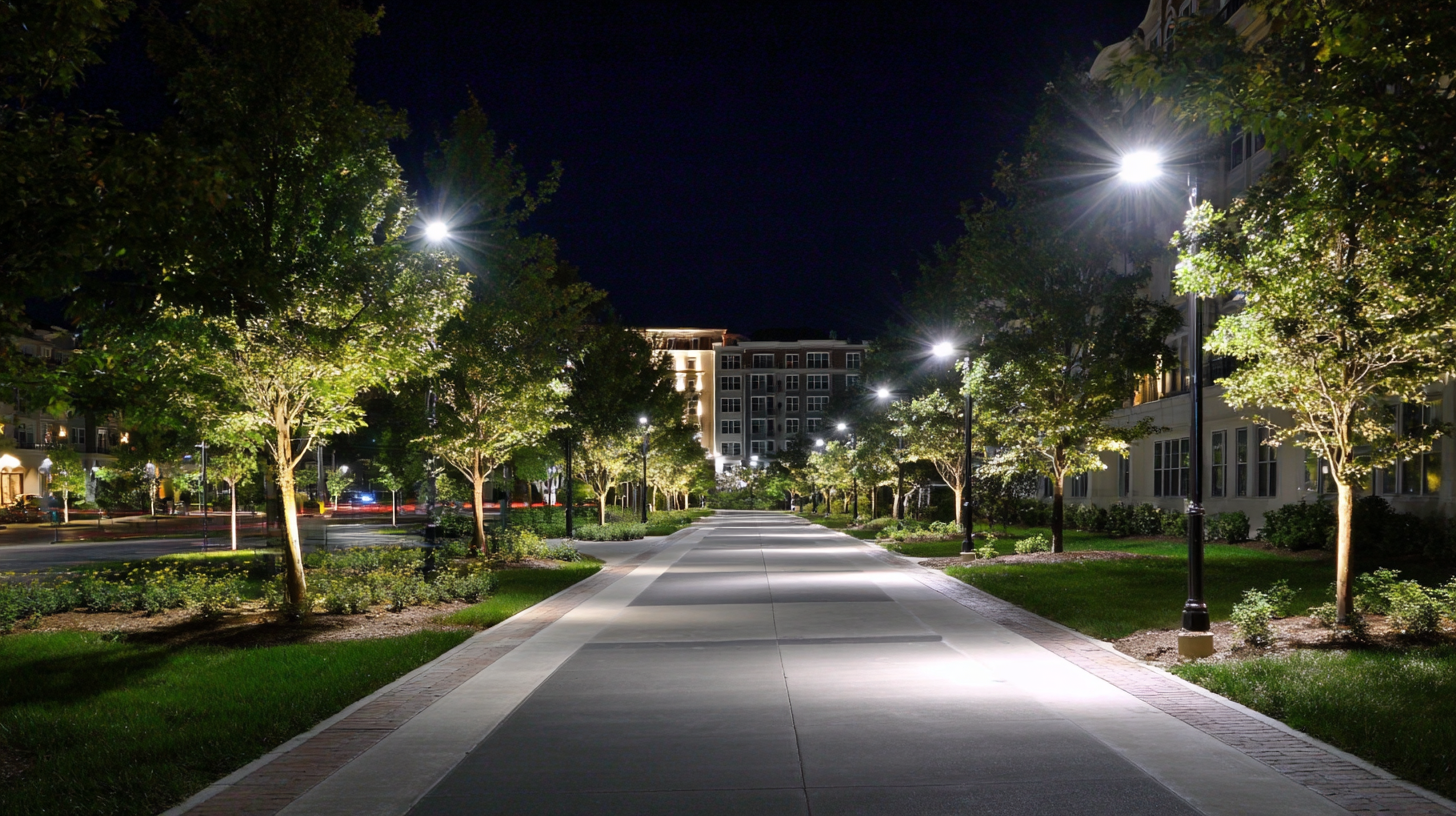
Implementing Maintenance Plans for Long-Lasting Lighting Solutions
Effective sidewalk lighting is crucial for enhancing urban safety, but it is equally important to ensure the long-term functionality of these lighting solutions. Implementing comprehensive maintenance plans can significantly contribute to the sustainability of such systems. Regular inspections should be conducted to identify issues promptly, such as bulb outages or damaged fixtures, enabling quick repairs that prevent prolonged dark zones in pedestrian areas.
In addition to routine inspections, incorporating technology can streamline maintenance efforts. Smart lighting systems equipped with sensors can automatically detect malfunctions or outages and alert maintenance teams, allowing for timely interventions. Furthermore, establishing a community feedback loop encourages residents to report lighting concerns, fostering a collaborative approach to urban safety. By prioritizing maintenance alongside the installation of effective lighting, cities can create safer, well-lit environments for pedestrians, enhancing overall community well-being.
Related Posts
-
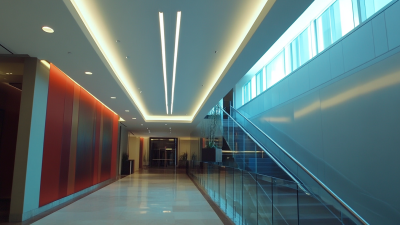
Maximizing Office Lighting Efficiency and Maintenance Costs Through Smart Solutions
-

Ultimate Guide to Choosing the Best Sidewalk Lighting Solutions for Your Needs
-

Mastering Outdoor Ambiance: A Guide to Effective Landscape Lighting Solutions
-

Achieving Best Lighting Decoration with Industry Import Export Certification Guidelines
-
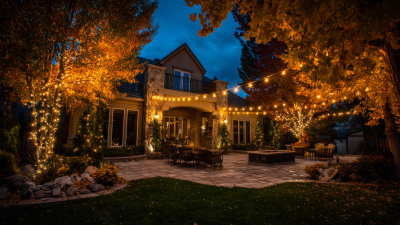
Ultimate Guide to Comparing Outdoor Lighting Solutions for Every Budget
-
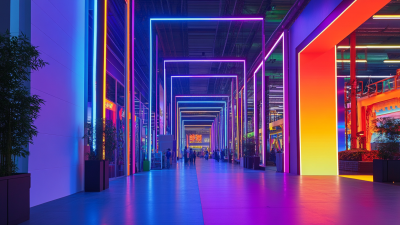
Maximizing Industrial Lighting Opportunities at the Record Breaking 137th Canton Fair
